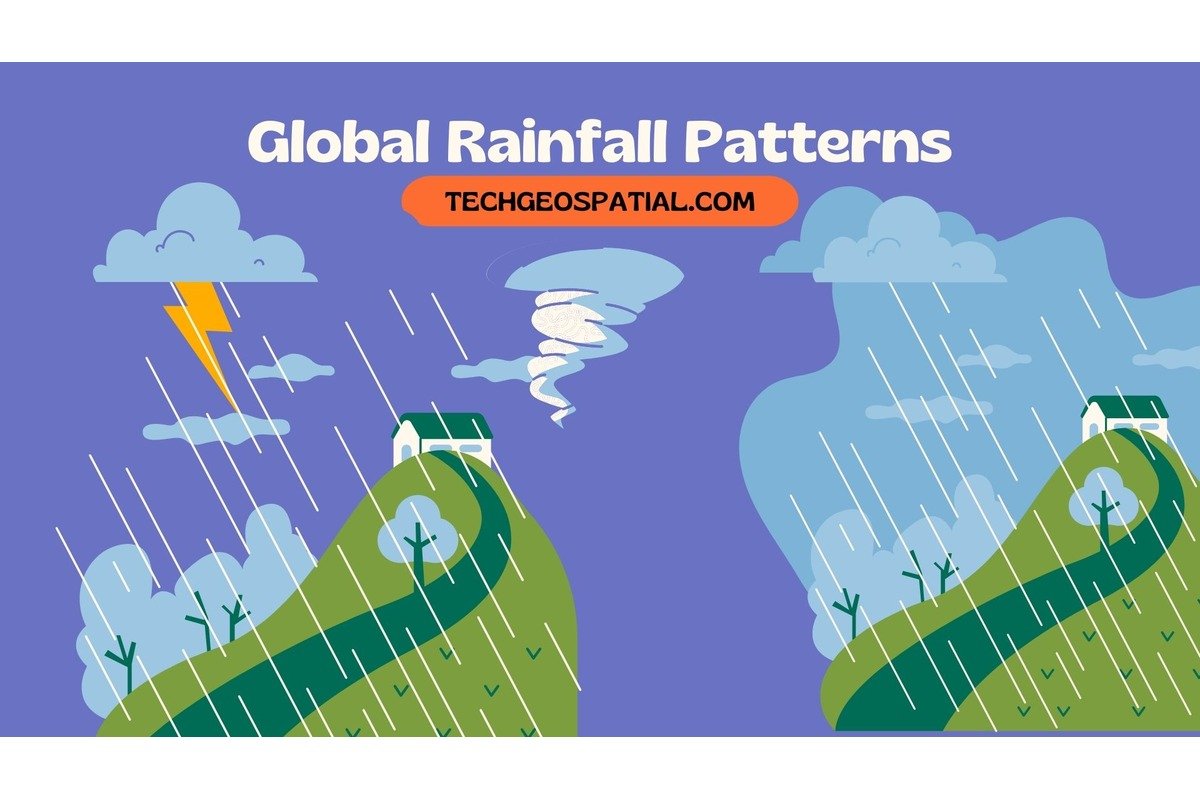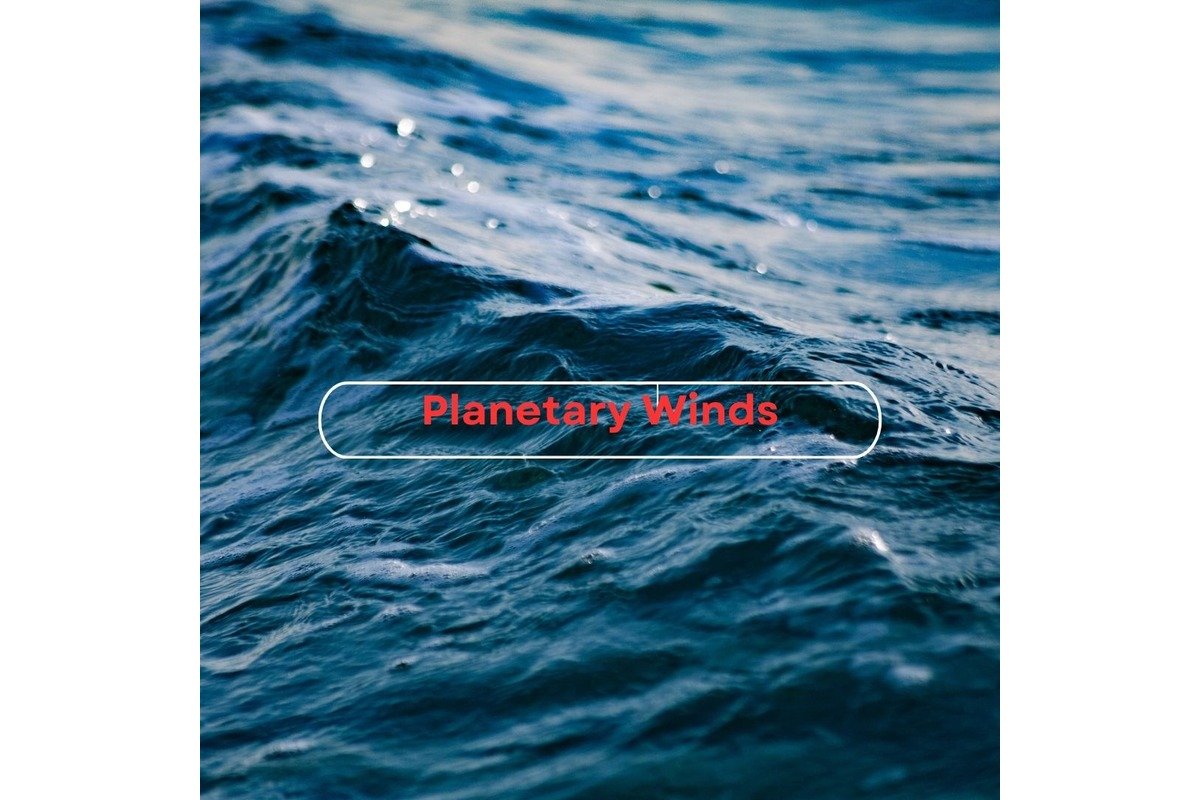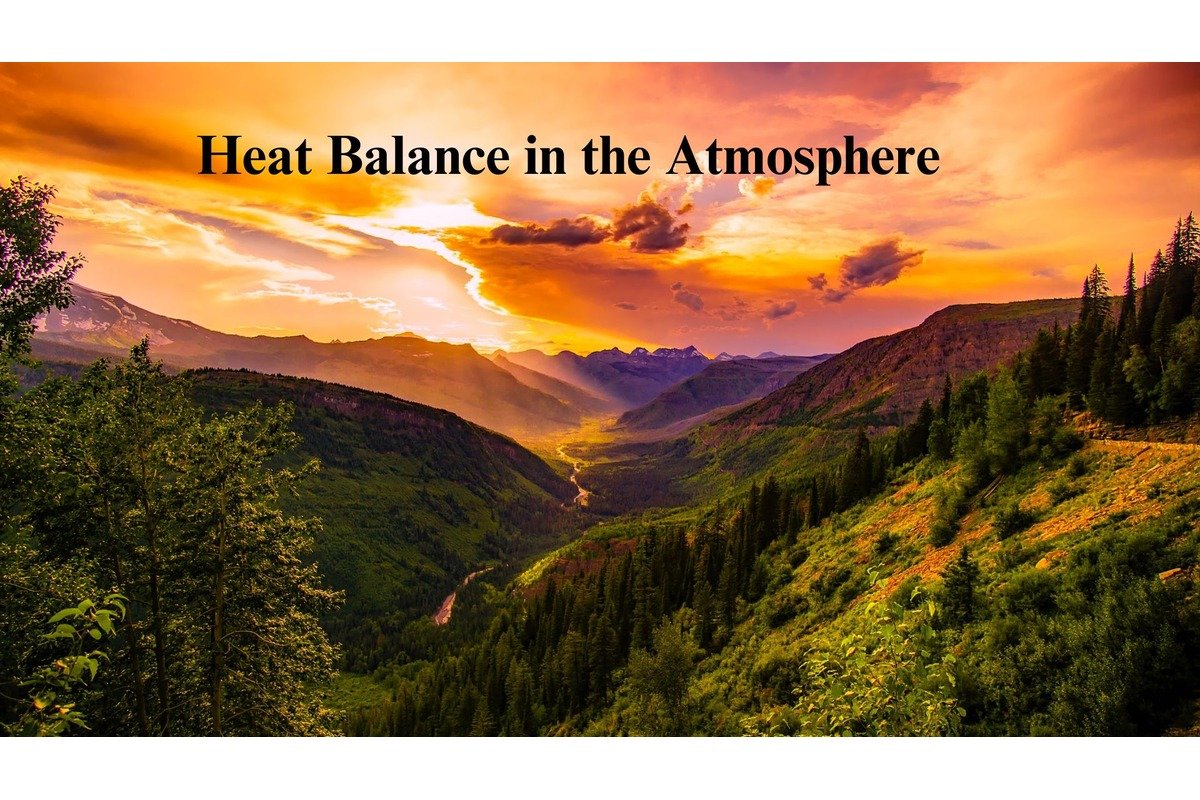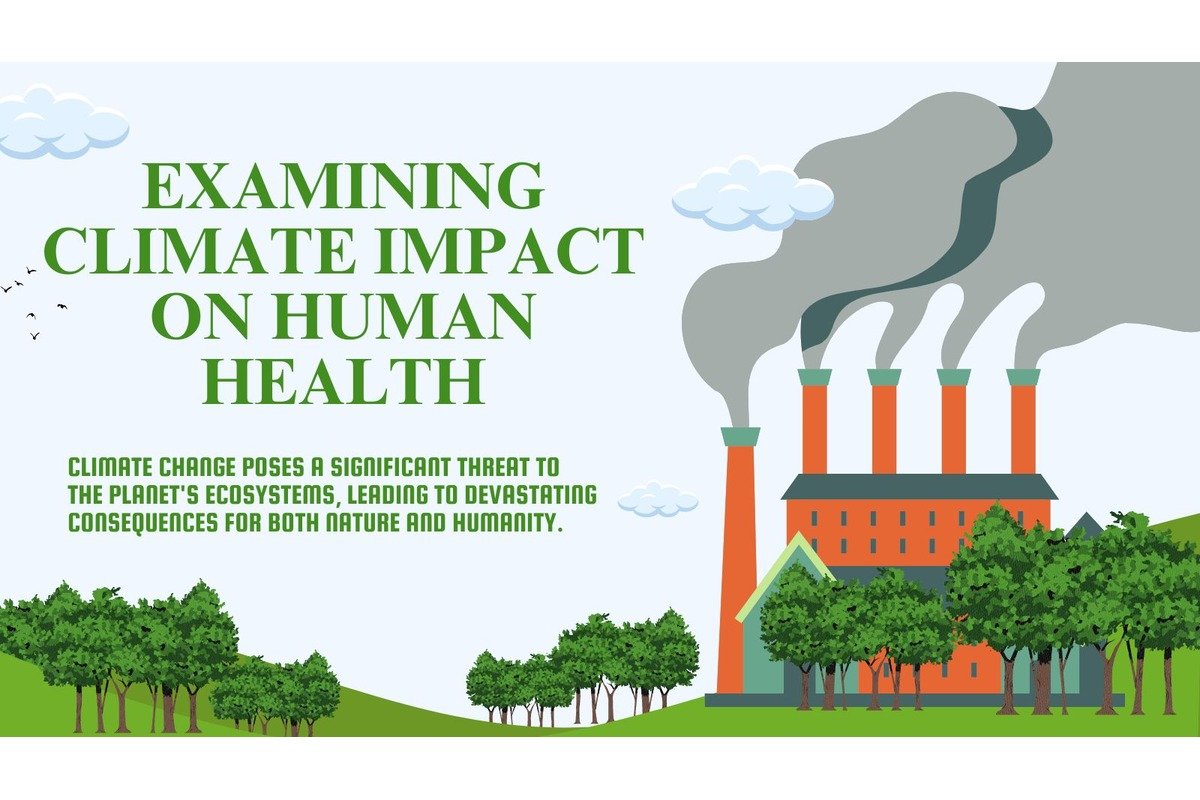
Types of Glaciers
Introduction to Glaciers Glaciers are majestic natural formations that play a crucial role in shaping the Earth’s landscape. These massive bodies of ice are found in various parts of the world, from polar regions to high mountain ranges. Formation of Glaciers Glaciers form over long periods as snow accumulates, compresses, and turns into ice under…








